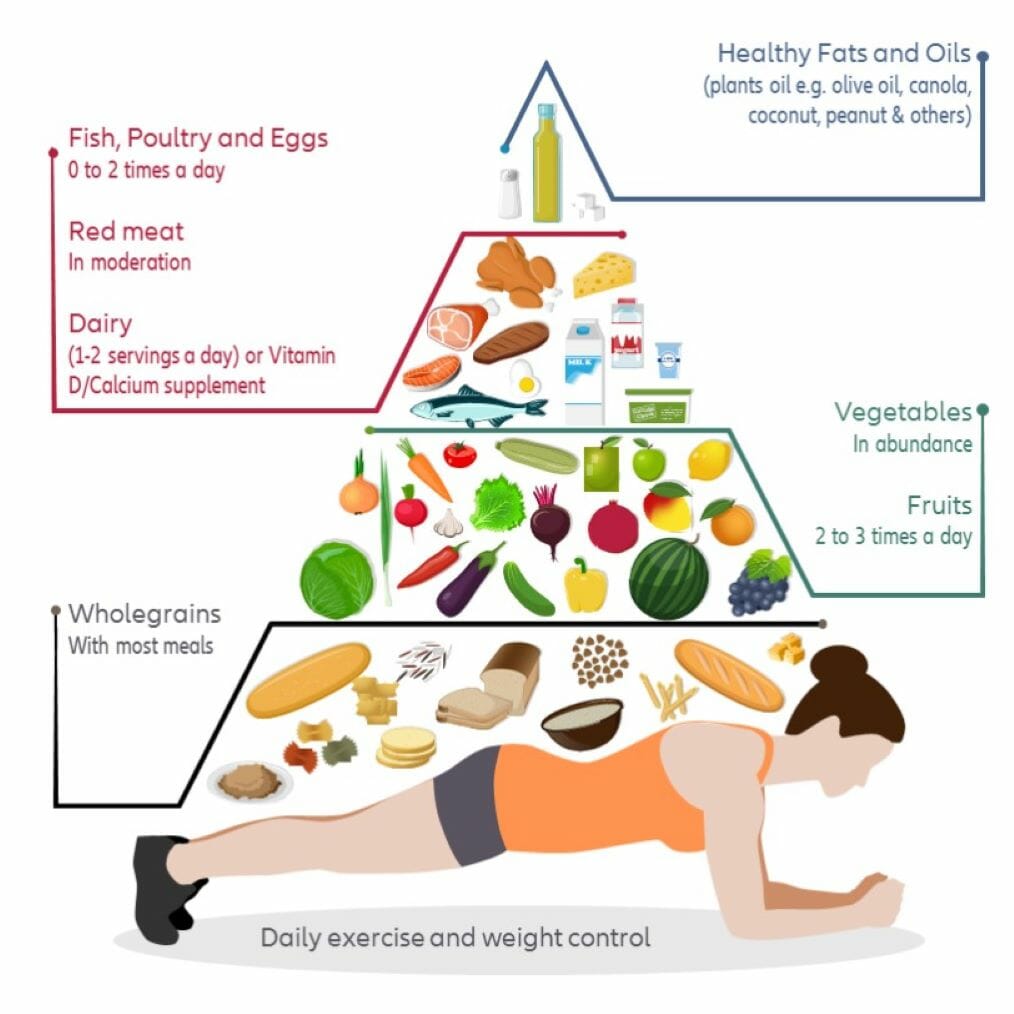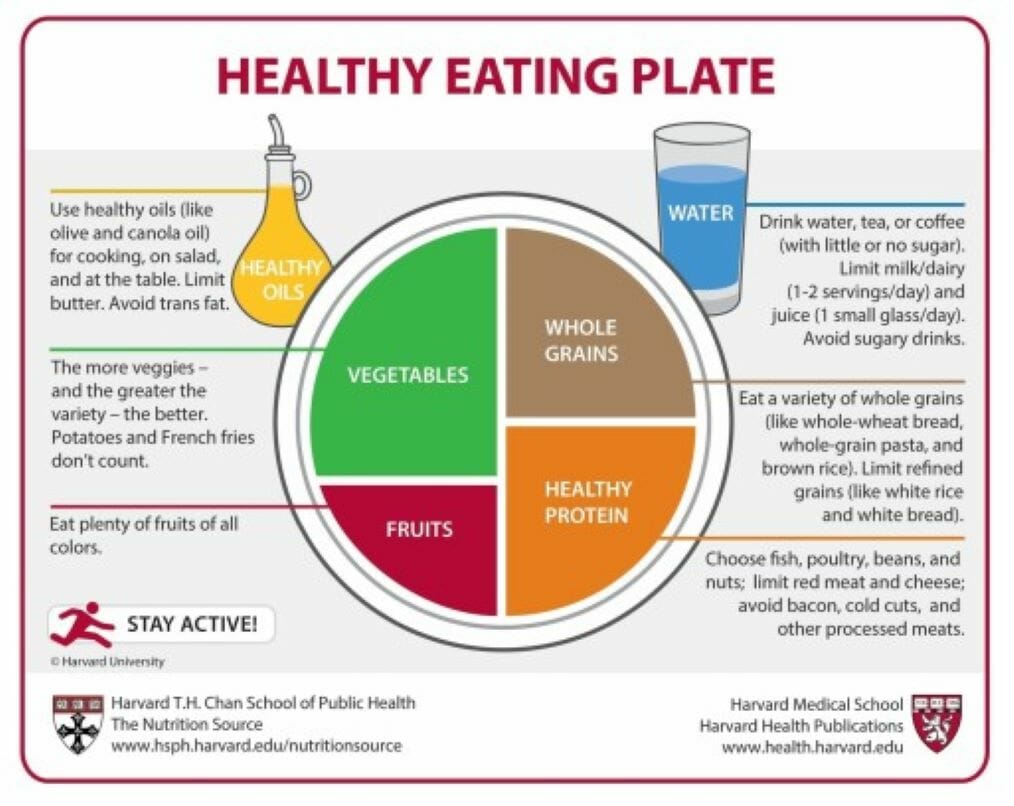A good tip for those looking to eat healthy is to try to include as much variety in your meals as possible. The Australian healthy eating guidelines recommend eating a wide variety of fresh, nutritious foods.
Often, we get as much joy from how beautiful food looks as we do from how it tastes! Try adding a variety of colours and textures to your plate and see how it boosts your food’s visual appeal.
Fruit and vegetables naturally have an enormous range of colours and textures that entice our tastebuds. Be sure to cook healthy recipes that include a variety of different fresh vegetables and fruit at every meal, choosing from what’s in season at your local supermarket or fresh produce outlet.
However, it’s also important to include a variety of foods from across the five food groups to get all the essential nutrients you need for good health. While fruit and vegetables should form the main part of our diet, try to also include grains, lean meats, poultry, fish, eggs, and dairy in our diet every day, or as often as you can.
Why not experiment by changing up your healthy recipes with different types of pasta, rice, and other grains like polenta and quinoa? You can even vary the types of bread you use for sandwiches, mixing it up with rolls, wraps, rye bread, or sourdough.
Following the healthy eating guidelines below will assist in balancing your diet, as well as getting your portions right for each meal.



